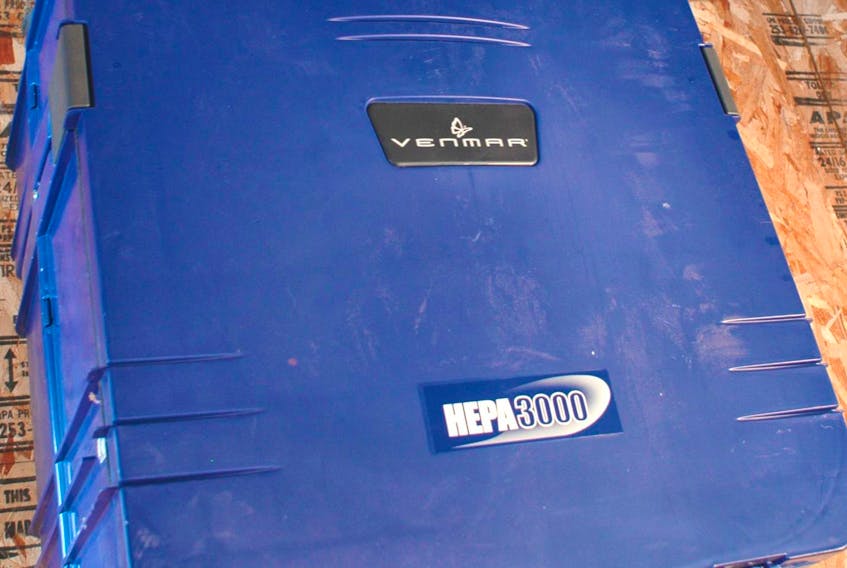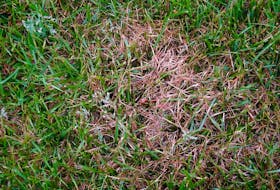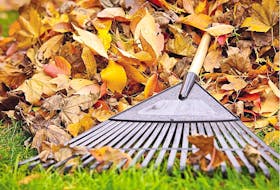Using a household ventilator in a ductless home
Q: Will a heat recovery ventilator (HRV) work in a house built without ventilation ducts? My townhouse has hot water baseboard radiators, there are no ducts, and the air is very stale. I’m concerned that the incoming air from an HRV will be too cold.
A: The concerns you have are exactly the same ones I had a long time ago when I realized that my house needed the fresh air delivered by an HRV. In my experience over the years, having the fresh air outlet upstairs and the stale air intake directly below downstairs results in very good coverage over the whole house. It’s also simpler to install. Even rooms not directly in line with this forced circulation are fresher and have no window condensation.
As for the temperature of incoming air, it’s somewhat cooler than the room air, but not nearly as bad as you might imagine. I’m running a Lifebreath HRV (I’m very pleased with it), and the fresh air is entering an upstairs bedroom at my house.
Without supplemental heat, this room would probably be in the mid-teens Celsius during cold weather when the rest of the house might be 22 ºC. I do have a hot water radiator in that room with a thermostat, so it holds the temperature steady despite the incoming cooler air. Also, you don’t need to run the HRV all the time. I take window condensation as a cue.
If there’s more than a tiny bit of condensation on the windows, I run the HRV. It usually works out to running about eight to 12 hours per day. You’ll be amazed how much fresher the air feels when you have a heat recovery ventilator working.
Bandsaw for a boy

Q: Is my 11-year-old grandson too young for me to buy him a bandsaw? I have the chance to get a good used Craftsman saw.
A: I think buying your grandson a bandsaw at 11 is a terrific idea. I’d only let him use it under supervision at first, until he learns how to operate it safely and properly, but your idea is a great one. Bandsaws are serious woodworking machines, but they’re also easy to learn to use. I was using a bandsaw without supervision when I was 11 and cutting firewood on my own with a chainsaw when I was 12. There’s a big tendency to under-estimate the capability of kids these days and to ruin them with too much protection. In farming country you often see 11 and 12 year olds running serious field equipment and doing real work reliably. Parents and grandparents can all take a lesson from this. If the bandsaw looks good and cuts well, go for it. If you can get your grandson interested in woodworking, it’ll do a lot to protect him from turning into a phone zombie.
Are rooftop icicles serious?
Q: What should I do about the icicles hanging from the roof of our four-season cottage? The roof has R30 to R40 of spray foam in the cathedral ceiling and the icicles get to be a foot long at times.
A: The ice I saw in the photos you sent doesn’t seem bad enough to be of concern. All I’d recommend is occasionally knocking the icicles down when they get big. Ice is a problem when it forms large berms around the eaves and keeps growing. This can cause liquid water to pool behind the ice when it rains, and this can sometimes cause leaks as water makes its way underneath the shingles. The thing is, a certain amount of ice buildup is normal and harmless as the sun melts snow during the day and it freezes as it leaves the warm roof.
Steve Maxwell is a syndicated home improvement and woodworking columnist who has shared his DIY tips, how-to videos and product reviews since 1988.









